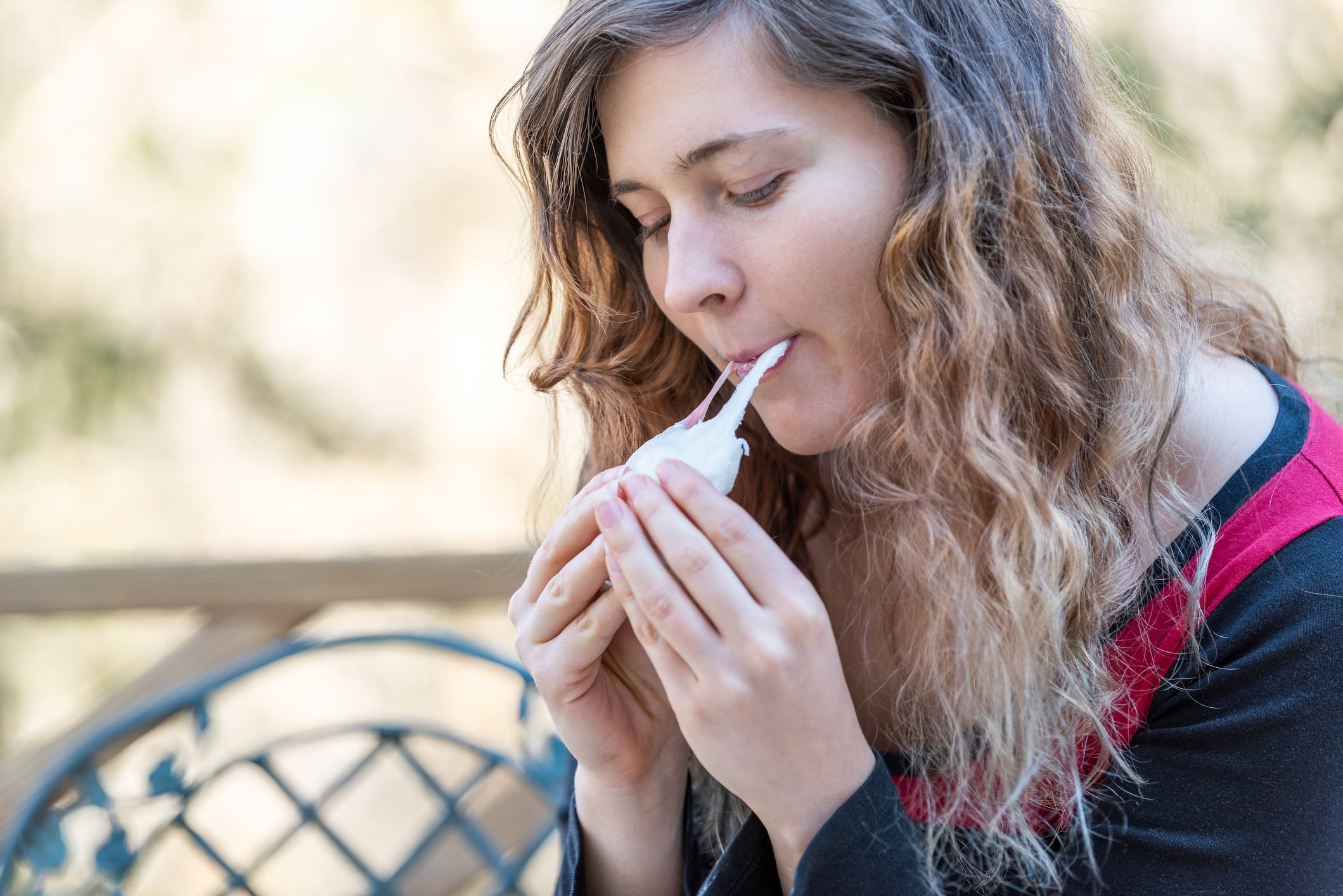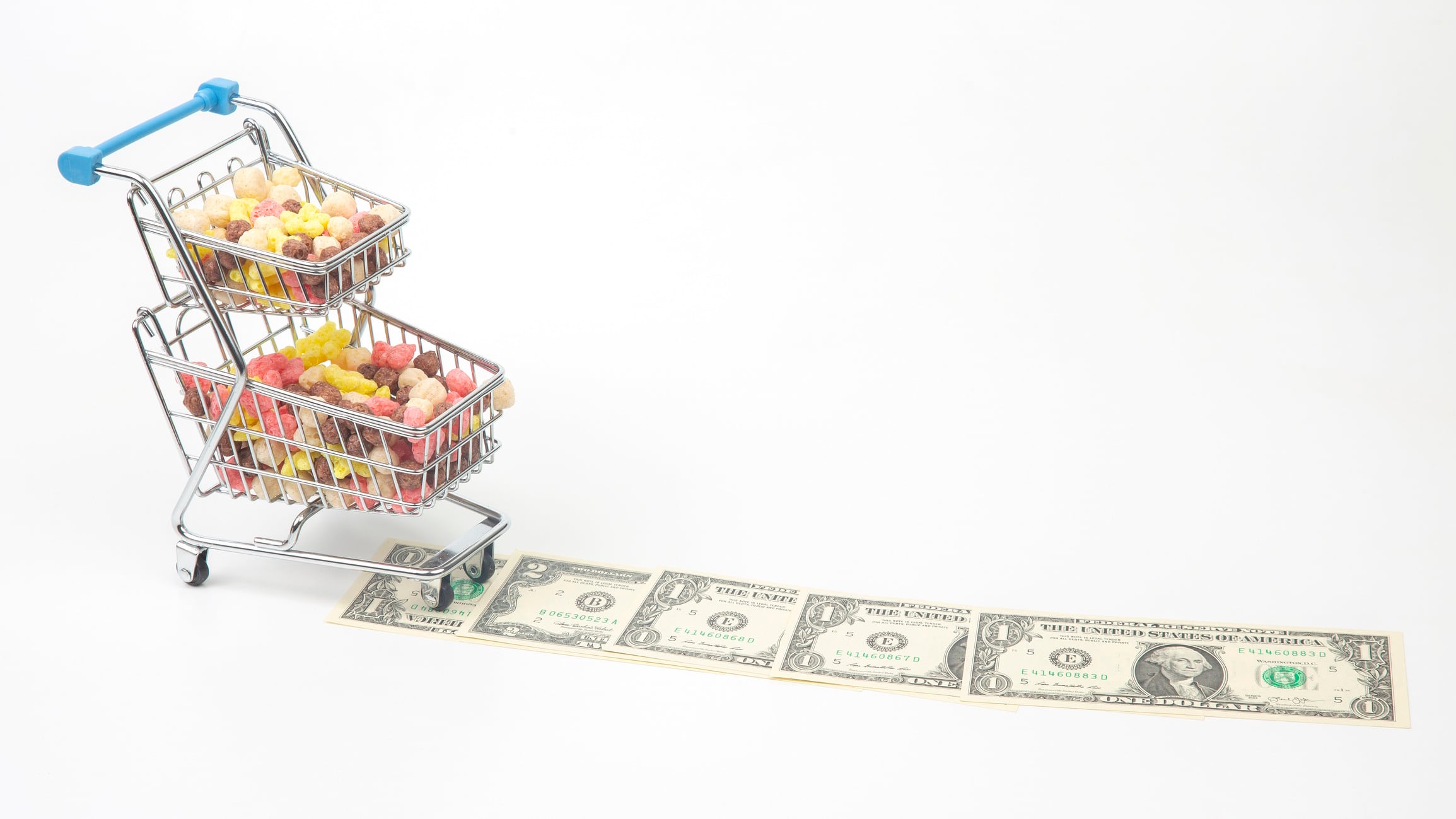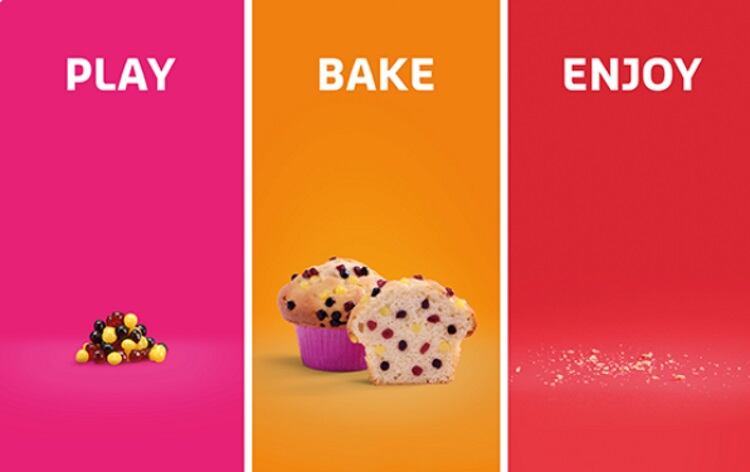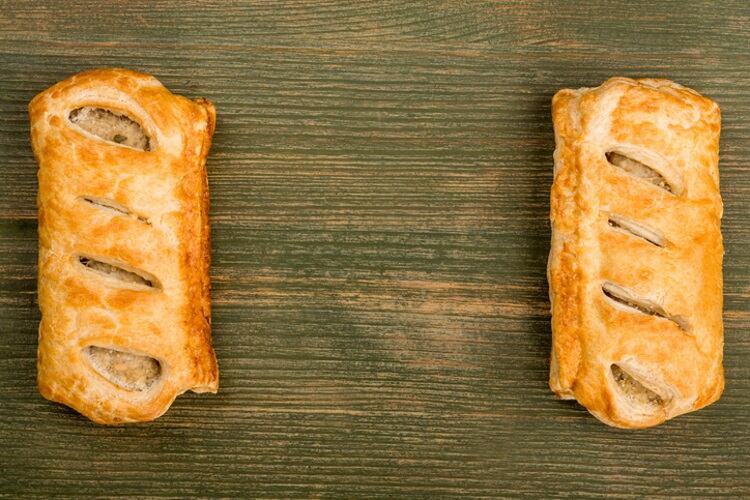Key takeaways:
- Texture has overtaken flavor as the biggest driver of enjoyment, with 71% of consumers saying mouthfeel defines how much they like a product.
- Multisensory eating is now mainstream, as social buzz around #CrunchTok and rising searches for layered and chewy-crisp desserts prove that people want food that feels as good as it tastes.
- Bakery and snack makers are rethinking innovation through contrast, layering soft with crunchy and creamy with crisp to create products that surprise, delight and stand out in 2026.
You can taste with your tongue, but you feel food with your whole body. The snap of a wafer; the chew of a brownie edge; the way a flaky pastry shatters when you bite in – those tiny moments of texture are what people remember. And they’re what’s driving the next big shift in bakery and snacks.
Texture has quietly gone from side note to showstopper. According to Puratos’ global Taste Tomorrow research, 71% of consumers say texture plays a key role in how much they enjoy food, and 67% look for novelty in mouthfeel. It’s not just about crunchy versus soft anymore – it’s about contrast, surprise and pleasure.
Younger consumers are pushing the change fastest. The Food Institute reports that nearly two-thirds of Gen Z like soft textures in sweet snacks, and well over half like something chewy. Texture now ranks alongside flavor as a loyalty driver; Ingredion found that 72% of people would switch brands if a product’s texture fell short. For anyone in bakery or snacks, that’s a wake-up call.
What’s emerging is a new measure of quality: sensory depth. The treats that win combine creamy and crisp, soft and snappy – a mix that turns indulgence into engagement.
Why texture is overtaking taste

Texture has officially stolen the spotlight. In its 2026 outlook, Puratos calls ‘expecting the unexpected in texture’ one of the three forces shaping the future of bakery, patisserie and chocolate. Consumers are no longer content with uniform mouth-feel – they want contrast: soft meeting crunchy, chewy colliding with crisp, flake giving way to cream.
Online behavior proves it. Searches for ‘seven-layer chocolate cake’ are up more than 120%, while queries for ‘chocolate crinkles chewy and moist’ have climbed 184%. On social media, #CrunchTok has surpassed 1.5 billion views, confirming that texture isn’t just something people eat – it’s something they share.
Laurence Herbert, chief marketing officer at Puratos, said the company’s Taste Tomorrow platform gives brands a unique edge by tracking both what consumers say they want and what they’re actually searching for online. “When ‘protein-enriched dessert’ searches jump by thousands of percent or chocolate buyers start prioritizing storytelling, not just flavor profiles, we can help manufacturers pivot before their competitors even realize change is coming,” he explained. “Our platform reveals patterns that would otherwise take years to surface through conventional market research. It’s like having early access to tomorrow’s shopping list.”
That kind of foresight is helping bakers and snack producers stay ahead of shifts like the texture craze – not reacting once trends are obvious but shaping them as they emerge.
The fascination runs deep. Nestlé USA’s 2026 Food & Beverage Trends report shows that nearly half of consumers now rank texture as equally important as flavor, while 75% of Gen Z and 80% of Millennials say it defines their cravings. Words such as ‘soft’, ‘smooth’ and ‘velvety’ are now appearing on menus as often as ‘spicy’ or ‘sweet’.
ADM’s 2026 Flavor and Color Trends report takes the idea further, describing a hunger for ‘tantalizing taste and texture theatre’ – a sensory performance that fuses indulgence and comfort. And IFF’s study of India’s Gen Alpha adds an emotional twist: children link soft, melty and cheesy textures with joy, love and togetherness. In short, texture has evolved from sensory detail to emotional currency.
How the trend looks on the shelf

Layered, contrasting textures are now showing up everywhere. Cakes with crunchy bases and creamy tops, cookies that crack outside but stay gooey inside, pastries that mix flaky with smooth – each bite tells a story. Puratos calls them ‘texture mashups’ and they’re spreading fast across desserts and patisserie.
Snack makers are blurring boundaries, too. You’ll find mousse-filled biscuit bars; granola with crisp and chewy layers; even savory snacks inspired by laminated pastry. It’s what analysts call cross-category borrowing – taking the best textures from one format and weaving them into another. Datassential’s latest figures show how consumers describe these sensations: the use of words like ‘creamy’ and ‘velvety’ has jumped about 40% across US menus this year.
Texture is also sneaking into branding. Ingredion’s sensory work shows that people judge texture through many cues – the look of a crumb, the sound of a crunch, even how a cookie feels in the hand. Brands are responding with packaging and storytelling that emphasize those cues. You can almost hear the ‘snap’ or picture the ‘melt’ before you take a bite. That’s not an accident; it’s strategy.
From sensory thrill to business edge

Texture is proving to be more than creative flair – it’s becoming a commercial tool. Future Market Insights expects the global textured-ingredient sector to grow more than 6% a year through 2030, led by bakery and snacks. Euromonitor’s 2025 forecast highlights the same momentum in the ‘indulgent-yet-better’ space, where texture signals both satisfaction and quality.
The appeal cuts across demographics. A protein-enriched cookie feels substantial; a whipped frosting feels light and comforting. Texture gives permission for indulgence without guilt. And because it photographs and records so well, it’s also social media gold. A slow-motion crumble or audible crunch can do more for brand awareness than a flavor description ever could.
For manufacturers, the challenge is to build texture in from the start – not add it later. That means thinking about structure, inclusions, moisture balance and shelf life during R&D. It means working closely with suppliers and testing products for mouthfeel as rigorously as for taste. The brands that do will stand out; those that don’t will sound flat in a world that’s hungry for sensory drama.
Texture has always mattered, but in 2026 it steps into the spotlight. Consumers want foods that surprise and delight – something to bite into, not just nibble at. The challenge isn’t only to make things taste better, it’s to make them feel better. Because when crunch meets cream and chew meets crisp, you’re not just selling treats – you’re selling a moment people can’t wait to repeat.
5 ways to win on texture
Write it into the brief. Define the crunch, chew or melt before the first prototype.
Cue the feel. Use pack design and copy that make the sensory promise obvious.
Show the moment. Capture sound, movement and break in digital content to make texture visible.
Test for mouthfeel. Measure how satisfying the bite is, not just how good it tastes.
Design for contrast. Combine soft and crisp, smooth and crumbly, creamy and crackly for multi-sensory appeal.





